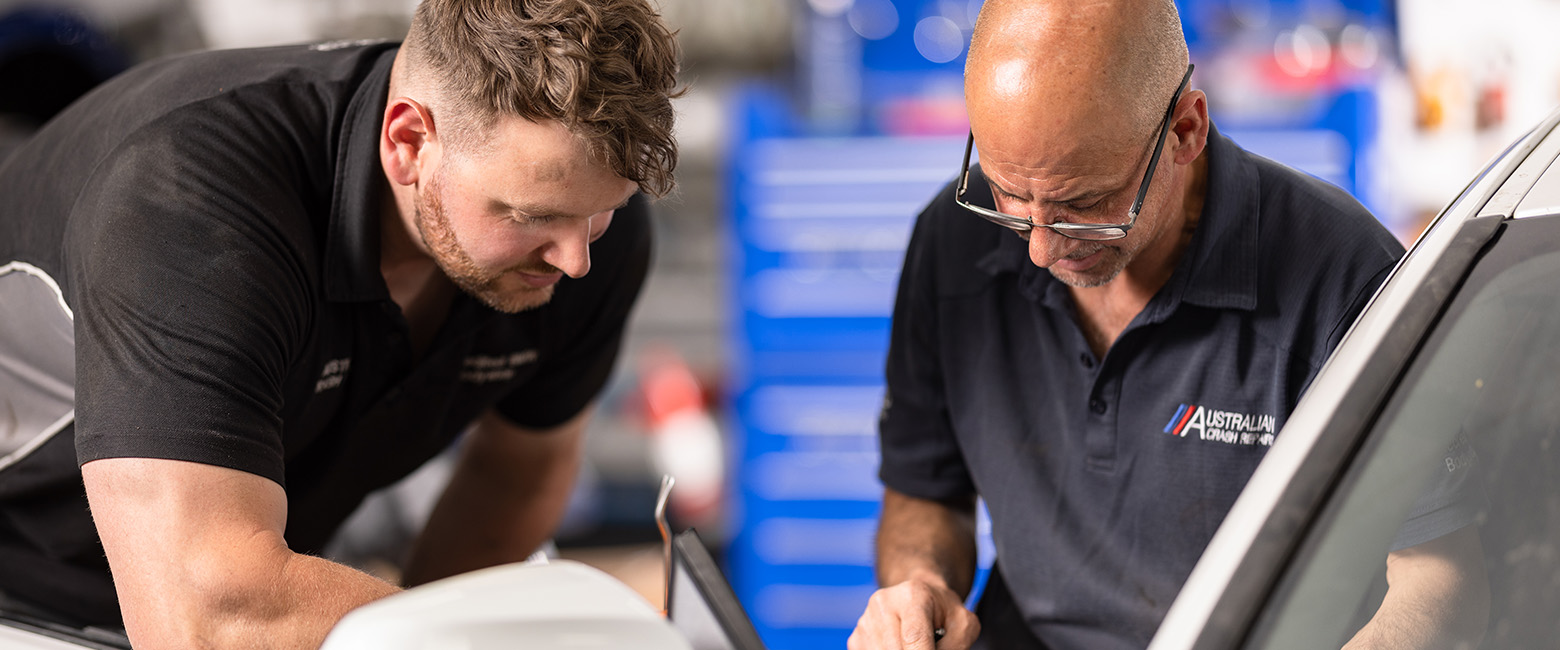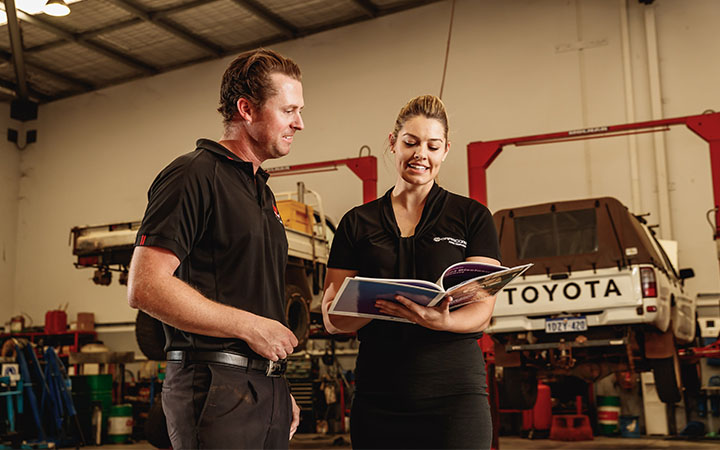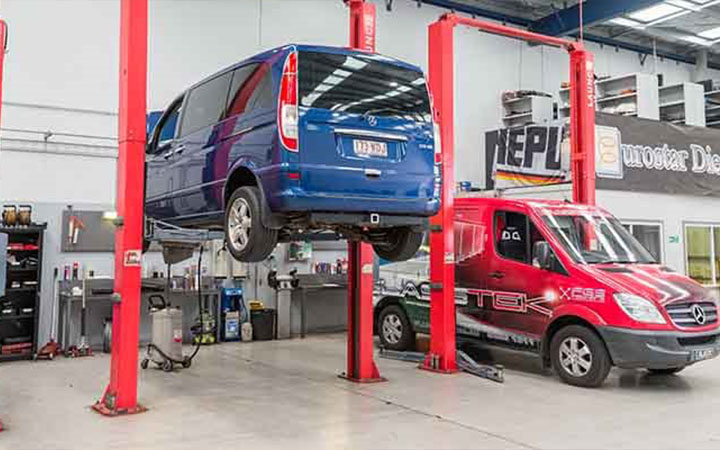If so, you’re not alone. But according to automotive business coach Rachael Evans, the Workshop Whisperer, you are potentially leaving money on the table.
Rachael has advised hundreds of businesses in the automotive aftermarket, helping them become more successful, efficient and profitable. We asked her for her tips and advice on getting these important calculations right—particularly at a time when the industry is being hit hard by both labour and parts shortages.
“Until you become aware that you are not pricing every job based on that job’s particulars, you will continue to leave money on the table,” Rachael said. “That goes for labour and for parts.”
How workshops are setting prices on parts
We know workshop owners use a mix of strategies for setting prices on parts. In State of the Nation 2022, 45% of Members said they set a standard percentage mark-up on all parts. Four in ten said they matched the retail price (up from a third in 2020), a third decide depending on the cost of the part, three in ten use their best judgement and a quarter decided depending on the nature of the job.
The average mark-up was 31% in 2020, 36% in 2021 and 32% in 2022. Despite the rate bouncing around a little, Rachael said the situation was not markedly different now from before the pandemic.
“If there’s a difference at the moment, I would say it’s that where there’s a delay or perhaps higher freight costs, the workshop owner is sometimes reluctant to pass that freight charge on,” she said. “But is it worse now than it was three years ago? No. We still have business owners who just don’t believe in their own ability to determine their own pricing.”
Rachael’s advice for setting margins on parts
Rachael said workshop owners who simply charge customers the pricing given to them by parts suppliers aren’t looking closely enough at the costs of running their own business.
“Your supplier doesn’t know your break-even costs, so you can’t put faith in the recommended retail price of a part or even of software,” she said. “There’s not a consideration for the profit required just to remain in business, and there’s the fear that, ‘if I actually priced this to make a profit, I’d price myself out of the market’. Most of the time that fear is unfounded.”
Rachael said in reality that wasn’t generally a problem unless you were operating at the genuinely budget end of the market, where customers are extremely price-sensitive and not loyal.
“If you’re a good general repairer, 80% of your customer base is going to trust the work you do and the price you charge,” she said. “As long as you are fair, and not being exorbitant. “But being fair means being fair to both yourself as the business owner and to the customer. We’re not in business to do favours for people.”
Rachael said in her experience, workshop owners (especially firsttime business owners) often “price with their own wallets”.
“They’re looking at estimates and parts pricing all day long, so they’re actually the ones who are price sensitive,” she said. “They think, ‘I wouldn’t pay this price for this part’, but it’s not about them. It’s about the convenience for that customer to get that job done properly the first time. When you look at it from that angle, it changes the game.”
Setting your charge out rate for labour
When we asked Members how they set their labour rates in State of the Nation 2022, again they used a mix of strategies. Fifty-six per cent said they compare against similar businesses, half said they use their best judgement, and 15% said they seek advice from industry groups. Just 18% said they used a specific formula to achieve a specific minimum profit margin. This was up from 12% in 2020, which is a step in the right direction. Two per cent said they didn’t know.
“The labour market is tight,” Rachael said. “We’re effectively short one technician for every workshop in the country. This means we’re probably paying more for labour than we would like to, which makes it even more important to know what the total on costs are of our team, particularly our productive members, our technicians.”
Rachael’s advice for setting labour rates
Rachael said in order to know if you are making enough profit from your labour, workshop owners needed to separate out their labour rates. So, you might have one rate for a general service, another for diagnostic work
“Don’t think that you can’t be the one in town who’s charging the most for labour. Don’t measure off what other workshops are charging for labour because you don’t know somebody else’s cost of doing business. You can’t compare your apple with their orange.
“Price your labour based on your own costs of running your business and what you know you need to get yourself to the gross profit benchmark that you need on every job.”
One more place you might be leaving money on the table
Often, it’s the workshop owner who is on the front counter, meeting and greeting customers, setting prices, writing quotes and sending invoices. Rachael is a big advocate for taking workshop owners away from the front desk.
“Workshop owners are the ones who get in the way of profit,” she said. “They’re too price sensitive. That’s why having a properly trained service advisor is so important.
“Where we get the wheel falling off the process is where we’ve got either the owner who’s priced with their own wallet and is too afraid to put the actual scenario to the customer or we’ve tried to turn a receptionist or someone doing office admin into a salesperson and they don’t know how to do the job properly. That’s where we leave money on the table.”
A dedicated service advisor is an advocate for the customer’s car, ensuring all work is not only done but charged for appropriately, and they keep communication with the customer flowing freely.


